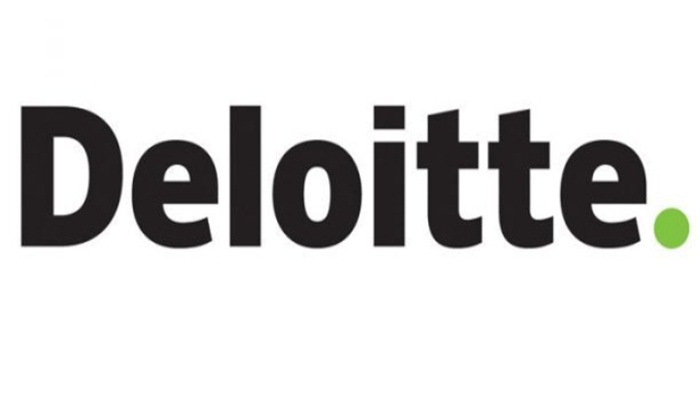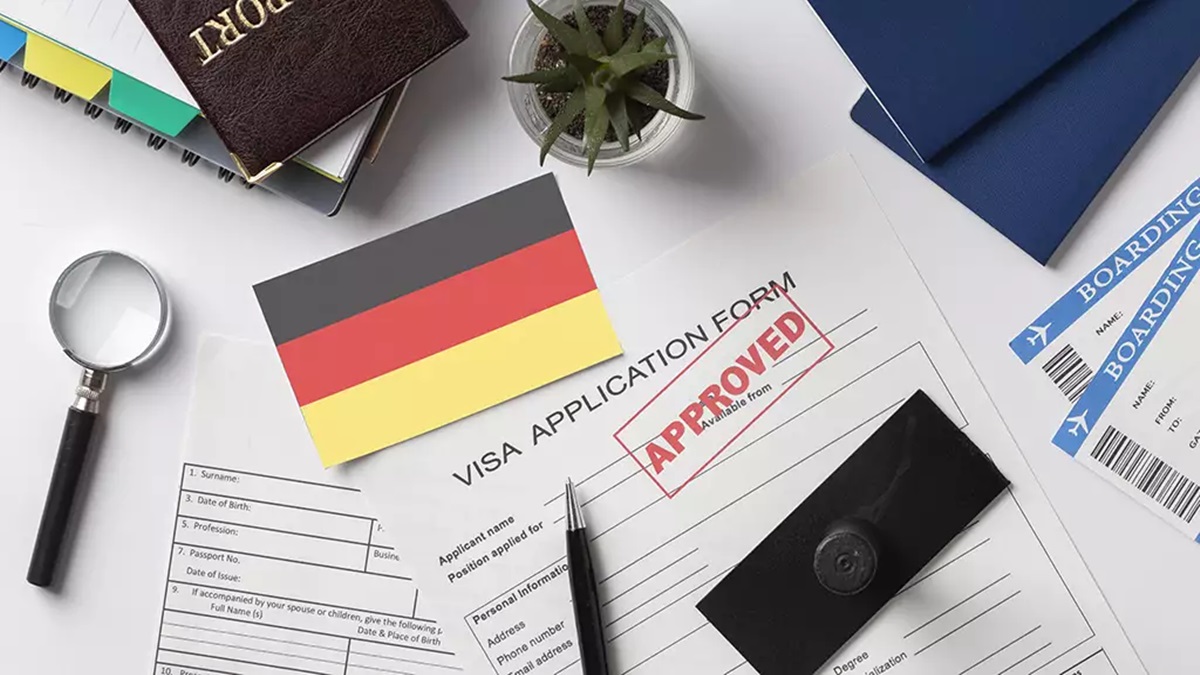As the United States tightens its H-1B visa programme, Germany is moving to attract Indian professionals. The German Ambassador to India, Dr Philipp Ackermann, issued an open call to skilled workers, presenting Europe’s largest economy as a predictable and rewarding destination.
“Here is my call to all highly skilled Indians,” Ackermann posted on X on Tuesday. “Germany stands out with its stable migration policies, and with great job opportunities for Indians in IT, management, science and tech.”
In a video message shared alongside the post, Ackermann pointed out that Indians in Germany often out-earn locals. “The average Indian working in Germany earns more than the average German,” he said. “Because a high salary means Indians are contributing big time to our society and our welfare. We believe in hard work and giving the best jobs to the best people.”
Germany sells stability
The envoy contrasted Germany’s immigration rules with those in the US, where Indian techies and outsourcing firms were left reeling after an abrupt overhaul of the H-1B programme. US officials said the fee hike and stricter rules were meant to curb misuse and protect domestic workers, but critics described the move as disruptive and discriminatory.
Ackermann drew on an analogy familiar to many Indians. “Our migration policy works a bit like a German car. It’s reliable, it is modern, and it is predictable. It will go in a straight line with no zig-zags,” he said.
Germany vs United States Visa
Visa allocations
US: No increase in slots, stricter scrutiny
Germany: 200,000 professional visas in 2025, with 90,000 reserved for Indians (up from 20,000 earlier)
Germany vs US Visa Policy approach
US: Frequent rule changes, critics call them disruptive and discriminatory
Germany: “Like a German car — reliable, modern, predictable,” said Ambassador Philipp Ackermann
Germany vs US Visa fees
US: H-1B visa fee raised to $100,000 or approximately Rs 89 lakh per application (earlier $215–$5,000)
Germany: No sudden hikes, steady rules and lower costs (€75 or approximately Rs 8,000 for adults)
Germany needs workers
Germany’s pitch comes as the country faces a looming demographic crunch. Experts forecast that the economy will need nearly 288,000 immigrants annually until 2040 to offset an ageing population.
To meet that demand, Berlin has expanded professional visa allocations. In 2024, it plans to issue more than 10 per cent additional permits, with Indian workers receiving the largest share.
Last year, the German government pledged to issue 200,000 professional visas in 2025, including 90,000 for Indians — up from just 20,000 previously. Currently, around 130,000 Indian professionals live and work in Germany, with earnings well above the local median.
At the end of 2023, the median salary for full-time German employees stood at 3,945 euros per month. Indian-origin professionals earned an average of 5,359 euros, according to government data.
US raises the stakes
The sentiment in Washington is markedly different. The Trump administration on Tuesday raised H-1B visa fees to $100,000 per application, a steep increase from the earlier range of $215 to $5,000.
President Donald Trump, addressing the United Nations General Assembly for the first time since 2020, delivered a warning to European leaders. “If you don’t stop people that you’ve never seen before, that you have nothing in common with, your country is going to fail,” he said.
“I’m the president of the United States, but I worry about Europe. I love Europe, I love the people of Europe. And I hate to see it being devastated by energy and immigration, that double-tailed monster that destroys everything in its wake.”




















